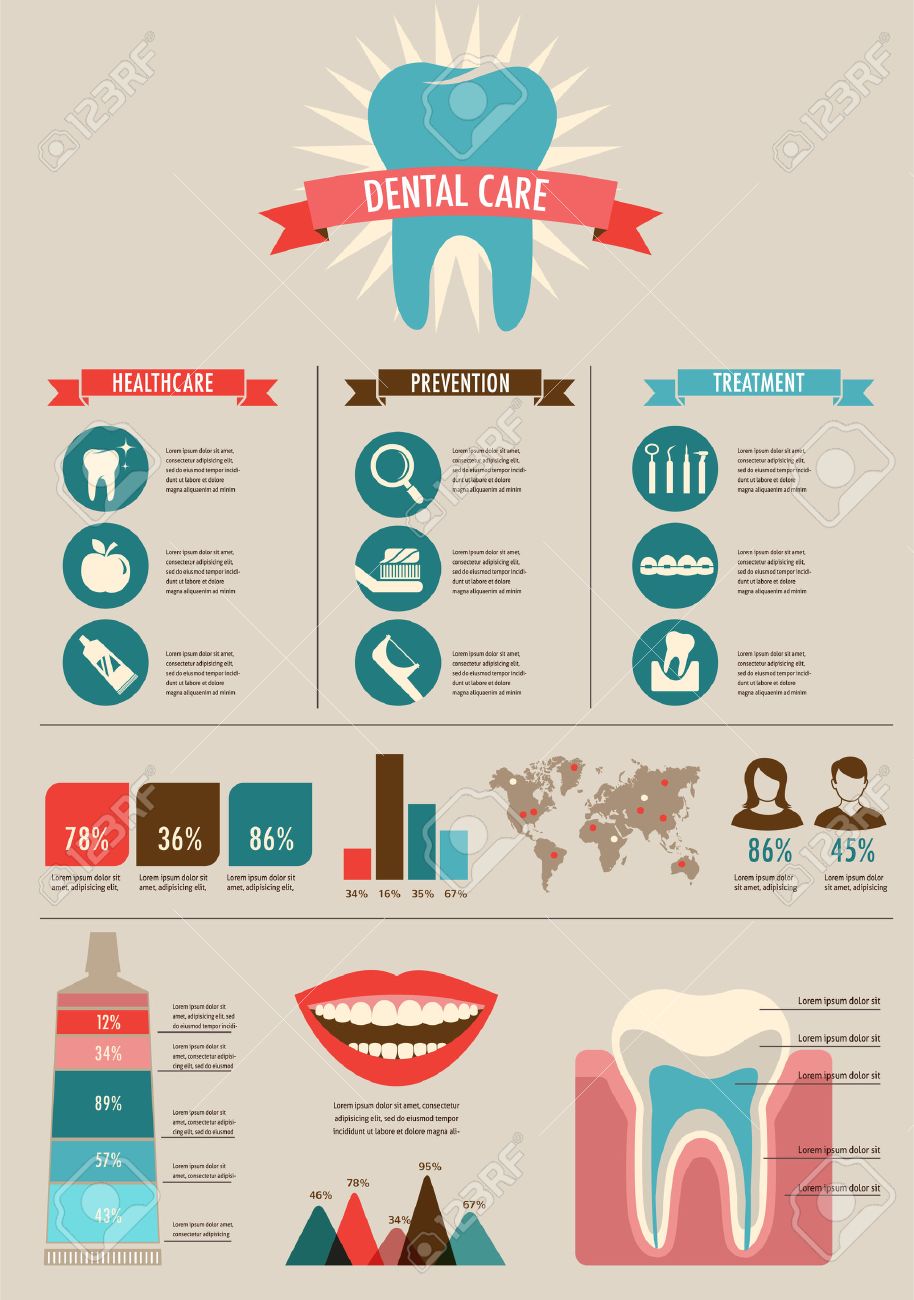Welcome to the world of oral surgery, where innovations and advances are shaping the future of the area! In this exciting realm, you'll witness the transformative power of robotics, the innovative wonder of 3D printing, and the game-changing impact of minimally invasive methods.
The future of oral surgery holds a pledge of accuracy, effectiveness, and boosted client results. With the help of advanced robotics, cosmetic surgeons are able to execute complicated procedures with greater precision and control.
3D printing technology is revolutionizing the development of oral implants and prosthetics, offering personalized options that fit perfectly right into each client's unique composition.
In addition, minimally intrusive strategies are decreasing post-operative discomfort and healing time, enabling clients to go back to their day-to-days live quicker.
Get ready to explore the interesting technologies and advancements that are reshaping the landscape of oral surgery!
Developments in Robotics
One major development in dental surgery is making use of robotic innovation, which allows for exact and efficient surgeries. With what doctor does dental implants of robotic systems, dental doctors have the capability to do intricate surgeries with boosted accuracy, reducing the threat of human mistake.
These robot systems are outfitted with advanced imaging modern technology and exact tools that enable surgeons to browse with complex anatomical structures effortlessly. By using robotic technology, specialists can achieve greater medical precision, leading to enhanced person end results and faster recovery times.
On top of that, the use of robotics in dental surgery enables minimally intrusive treatments, minimizing the injury to bordering cells and promoting faster recovery.
3D Printing in Oral Surgery
To boost the area of dental surgery, you can check out the subtopic of 3D printing in dental surgery. This ingenious technology has the prospective to revolutionize the method dental cosmetic surgeons run and deal with clients. Here are four essential ways in which 3D printing is shaping the field:
- ** Personalized Surgical Guides **: 3D printing permits the creation of very exact and patient-specific surgical guides, enhancing the accuracy and performance of treatments.
- ** Implant Prosthetics **: With 3D printing, dental cosmetic surgeons can develop personalized implant prosthetics that completely fit a patient's distinct anatomy, causing better results and person fulfillment.
- ** Bone Grafting **: 3D printing enables the production of patient-specific bone grafts, minimizing the requirement for traditional grafting strategies and enhancing recovery and recovery time.
- ** Education and Educating **: 3D printing can be used to develop realistic medical designs for instructional functions, enabling dental doctors to practice intricate treatments prior to performing them on individuals.
With its potential to improve precision, personalization, and training, 3D printing is an exciting advancement in the field of oral surgery.
Minimally Intrusive Strategies
To additionally progress the field of oral surgery, accept the capacity of minimally invasive techniques that can greatly profit both specialists and people alike.
Minimally invasive techniques are transforming the area by decreasing medical trauma, reducing post-operative pain, and speeding up the recovery process. These strategies entail utilizing smaller incisions and specialized tools to do procedures with accuracy and effectiveness.
By utilizing innovative imaging innovation, such as cone beam of light computed tomography (CBCT), specialists can properly prepare and execute surgical treatments with marginal invasiveness.
In addition, the use of lasers in oral surgery permits exact tissue cutting and coagulation, leading to minimized blood loss and reduced healing time.
With minimally invasive techniques, individuals can experience quicker recuperation, reduced scarring, and improved outcomes, making it a crucial facet of the future of dental surgery.
Final thought
So, as you can see, the future of oral surgery is incredibly encouraging, with exciting technologies and advances shaping the field.
From the innovations in robotics to making use of 3D printing and minimally invasive strategies, oral specialists are changing the way they offer treatment.
While some might bother with the prospective expense connected with these advancements, it's important to bear in mind that these modern technologies inevitably improve client end results and minimize recovery time, making them well worth the investment in the long run.

 Jonathan Taylor Thomas Then & Now!
Jonathan Taylor Thomas Then & Now! Yasmine Bleeth Then & Now!
Yasmine Bleeth Then & Now! Alisan Porter Then & Now!
Alisan Porter Then & Now! Batista Then & Now!
Batista Then & Now! Atticus Shaffer Then & Now!
Atticus Shaffer Then & Now!